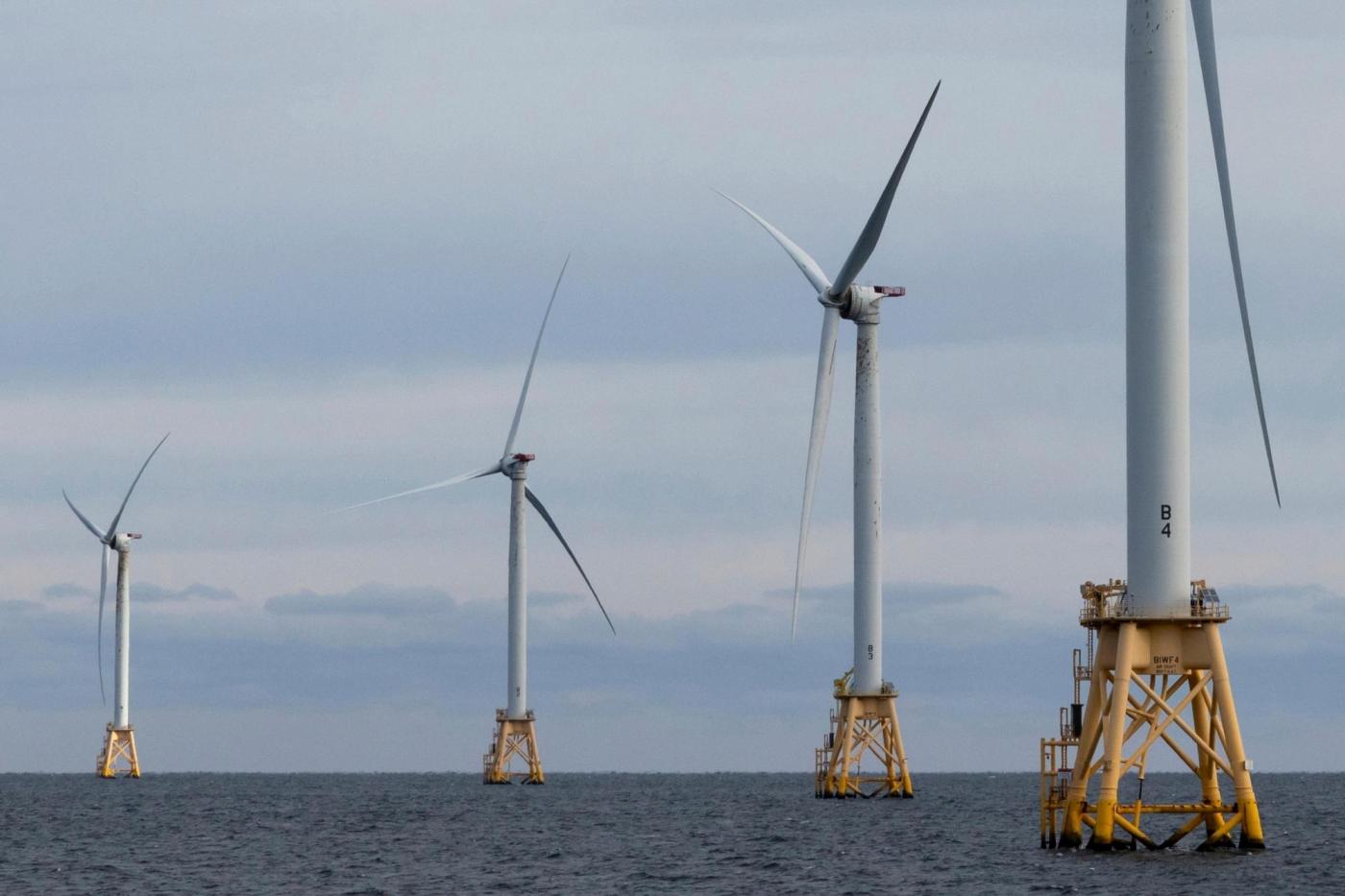
Graham: Expect cost hikes, blackouts from NE’s green energy policies – study
The green energy policies imposed by liberal New England politicians will cost ratepayers billions of dollars and lead to rolling blackouts, a new study finds.
Five of the six New England states (New Hampshire is the lone exception) have committed to cutting carbon emissions by 80% or more by the year 2050. Because all six states are on the ISO New England grid, their ratepayers will feel the costs.
According to the analysis by Always On Energy Research, that will be $815 billion in additional costs by 2050.
“New England families would see their electric bills increase by an average of $99 per year,” according to the report. “Commercial businesses would see their costs increase by $489 per year. Industrial (manufacturing) customers would see their electric bills increase by an average of almost $5,280 per year.”
The study was conducted on behalf of a group of New England free-market think tanks, including New Hampshire’s Josiah Bartlett Center for Public Policy.
“If these policies aren’t changed, a lot of people are going to have to make really uncomfortable decisions,” Josiah Bartlett Center president Drew Cline said during a press call earlier this week. “Businesses are going to have to decide whether they lay off people or whether to move outside of the region. Low-income families are going to have to decide what to do in the winter when peak demand is switched from summer to winter and these prices increase.”
Also on the call was Paul Craney with the Fiscal Alliance Foundation of Massachusetts. He highlighted data showing that, in order to reach the emissions targets set by those states, New England will have to increase its share of renewable energy from the current level of 6% of generation to 71%. That’s 225 gigawatts of renewable-generated electricity. What will that require?
“The most economically efficient mix of renewable build-up would require over 6,600 offshore wind turbines, over 5,600 onshore wind turbines, and over 129 million solar panels,” Craney said. “The solar panels alone will cover about 200 square miles. So think about all the belly-aching going on with what we’re doing off in Nantucket and Martha’s Vineyard, with about 15 or so (wind turbines) being built.”
Then there is the danger of looming blackouts due to soaring demand and unreliable power generation.
“ISO-NE (New England’s regional electricity transmission organization, which schedules electricity supply so that it meets demand) estimates that 97 GW of new utility-grade renewables will be needed to ‘decarbonize’ the grid by 2050,” the report states. “However, to meet forecast demand for electricity 24/7/365, we calculate that 225 GW of new renewables would be needed if the wind and solar energy output for 2050 follows the patterns of 2023 output.
“Building out ‘only’ 97 GW of renewables puts the grid at risk for extraordinarily long blackouts, of around 18 hours long,” the report states.
Giovanni Cicione with the Rhode Island Center for Freedom & Prosperity says the study reveals what officials overseeing the grid haven’t revealed to ratepayers.
“What the study shows us is that the decarbonization plans and the cost of these for 2050 (has been) vastly underestimated by the ISO-New England. It doesn’t include what it would cost to get to a level of reliability in an electric grid that New Englanders have come to expect,” Cicione said. “We are not comfortable with the idea of moving towards a system that allows for blackouts or limits capacity.”
ISO-NE did not respond to a request for comment.
The issue of energy costs played a minor role in the race for New Hampshire governor. Democratic candidate Joyce Craig advocated for taxpayer-subsidized green energy and supported offshore wind development in the Gulf of Maine. While Craig released an energy plan, she pointedly and repeatedly declined to say what implementing her plan would cost or how she would pay for it.
Gov.-elect Kelly Ayotte advocated for an “all of the above” energy approach that put ratepayers first. She also opposed offshore wind development off New Hampshire’s coast.
Ayotte won by more than nine points.
“The reality is that Maine ratepayers are already experiencing financial pain caused by politicians propping up their preferred forms of energy over more efficient and reliable alternatives,” said Harris Van Pate with the Maine Policy Institute. “What’s also troubling for our state is the build out of offshore wind, something Governor Janet Mills (D-Maine) has pursued. This report makes it clear that offshore wind is the most expensive form of green energy per megawatt hour.”
President-elect Donald Trump has pledged to return to the “Drill, Baby Drill” energy policies. He’s also expected to pull back, or even eliminate, some of the green tech subsidies like taxpayer cash for people who buy electric vehicles. Studies show those dollars go disproportionately to wealthy Americans.
The report was commissioned by the Americans for Prosperity Foundation, the Josiah Bartlett Center for Public Policy in New Hampshire, the Ethan Allen Institute in Vermont, the Fiscal Alliance Foundation in Massachusetts, the Maine Policy Institute, the Rhode Island Center for Freedom and Prosperity, and Yankee Institute in Connecticut.
Michael Graham is the managing editor of InsideSources.com.

